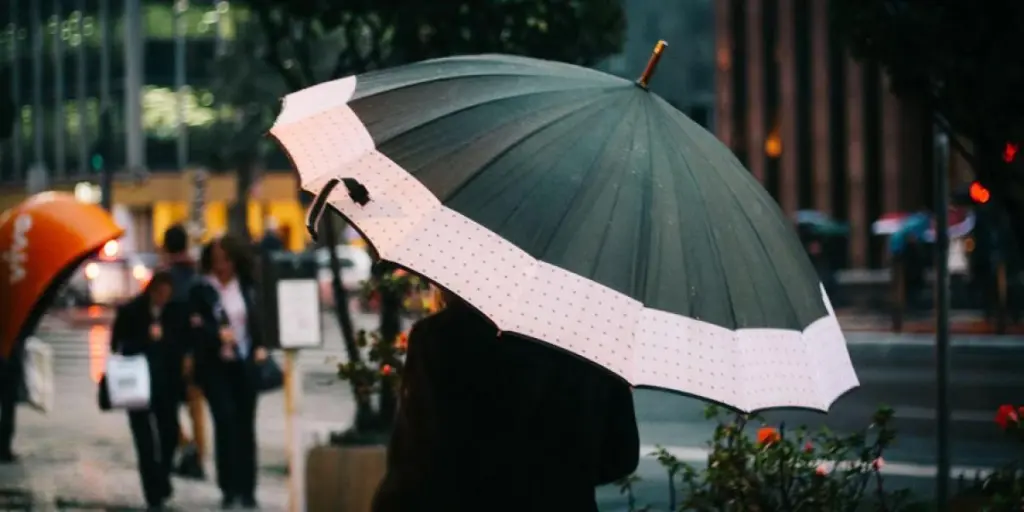As we step into 2024, the selection of an umbrella transcends mere functionality; it’s a decision that reflects personal style and business acumen. In an era where market choices abound, the right umbrella serves as a reliable companion against the elements and a statement of environmental consciousness. For businesses, it’s not just about stocking umbrellas; it’s about understanding and catering to a diverse range of consumer needs, from the latest technological innovations to sustainability concerns. This shift in consumer focus demands a more nuanced approach to umbrella selection, making it crucial for both individuals and companies to stay informed. Our guide aims to navigate this landscape, providing insights into the latest market trends, types, and essential factors for selecting the ideal umbrella in 2024.
Table of Contents:
1. Market overview
2. Different types and their features
3. Things to consider when selecting products
1. Market overview
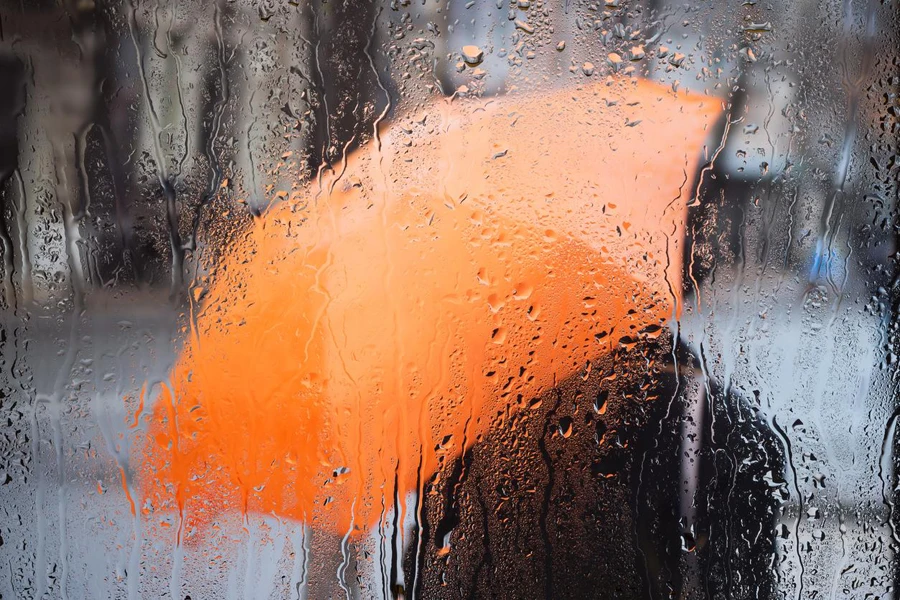
The umbrella market is not just a necessity-driven sector but a robust industry demonstrating consistent growth. In 2023, the global umbrella market was valued at a remarkable USD 7.37 billion. According to openPR.com, this market is poised for a steady expansion, with a projected Compound Annual Growth Rate (CAGR) of 2.2% from 2024 to 2032, anticipating it to reach approximately USD 9.02 billion by 2032. This growth trajectory is propelled by various factors, including shifts in consumer preferences, technological advancements, and the emergence of new market trends.
In recent years, the umbrella market has seen a significant transformation from simple rain protectors to fashion statements and technological marvels. The market now includes a diverse array of products, such as traditional rain umbrellas, compact travel umbrellas, specialized golf umbrellas, beach umbrellas, and even advanced smart umbrellas equipped with features like GPS tracking, weather alerts, and automatic open/close mechanisms.
Consumer preferences have also evolved, no longer settling for plain, utilitarian designs. Today’s consumers seek umbrellas that align with their personal style, driving manufacturers to offer products in an array of unique patterns, colors, and shapes. This shift has led to umbrellas becoming not just functional tools, but extensions of individual fashion choices. Additionally, the growing environmental consciousness has influenced the market, with a rising demand for umbrellas made from sustainable materials.

The umbrella market is also segmented into different types based on materials, such as polyester, known for its durability and water resistance, and nylon, favored for its lightweight properties. End-users range from individual consumers to commercial and corporate entities, with distinct preferences influencing market dynamics.
2. Different types and their features
Size: The umbrella market presents a varied selection, notably between pocket and full-length umbrellas. Pocket umbrellas are celebrated for their compactness and practicality. Their smaller size makes them highly portable, fitting easily into bags and briefcases, a perfect choice for on-the-go individuals. However, their reduced canopy size might offer less protection compared to their counterparts. Full-length umbrellas, on the other hand, boast larger canopies, providing enhanced coverage in rainy conditions. Their robust build makes them less prone to damage in windy conditions, a feature highly appreciated by users who prioritize durability and comprehensive protection.
Frame: The frame materials of umbrellas play a pivotal role in determining their durability and style. Steel, widely used for its stability and affordability, tends to be heavier, which can be a factor in user comfort and portability. Wooden frames exude a classic and traditional aesthetic but are more susceptible to weather-induced damage. Fiberglass stands out for its lightweight and excellent wind resistance, making it an increasingly popular choice in modern umbrella designs. Aluminum frames, while also light, offer high wind stability and present a modern appearance, aligning well with contemporary style preferences.
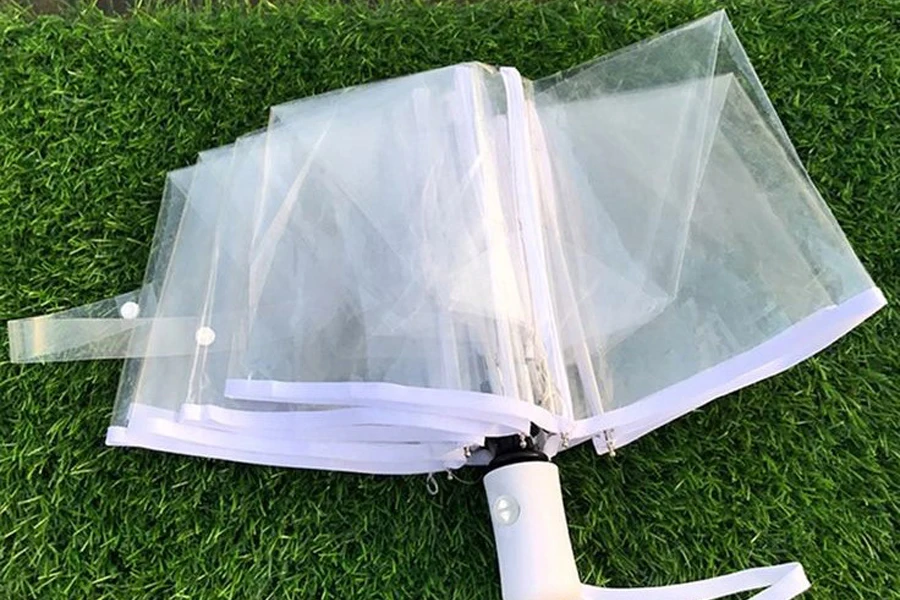
Canopy: The canopy of an umbrella is its most visible and functional aspect, with material choice significantly impacting its performance. Polyester, known for its less shiny appearance compared to nylon, is perceived as slightly higher in quality. Both materials, however, are equally effective in repelling water. Cotton, traditionally used in classic umbrella designs, is heavier and less water-resistant, making it a less common choice in modern designs. The canopy shape also influences functionality and style. While round canopies are standard, providing the largest surface area for rain protection, designers have experimented with various shapes like square or heart-shaped canopies for a unique aesthetic appeal.
Material: Innovation in canopy design has led to water-repellent advancements and stylistic diversity. The integration of UV protective coatings in sun umbrellas, for instance, caters to health-conscious consumers. Fashion umbrellas have pushed the boundaries of design, introducing a wide array of patterns and colors, making them not just a rain shield but a fashion accessory.
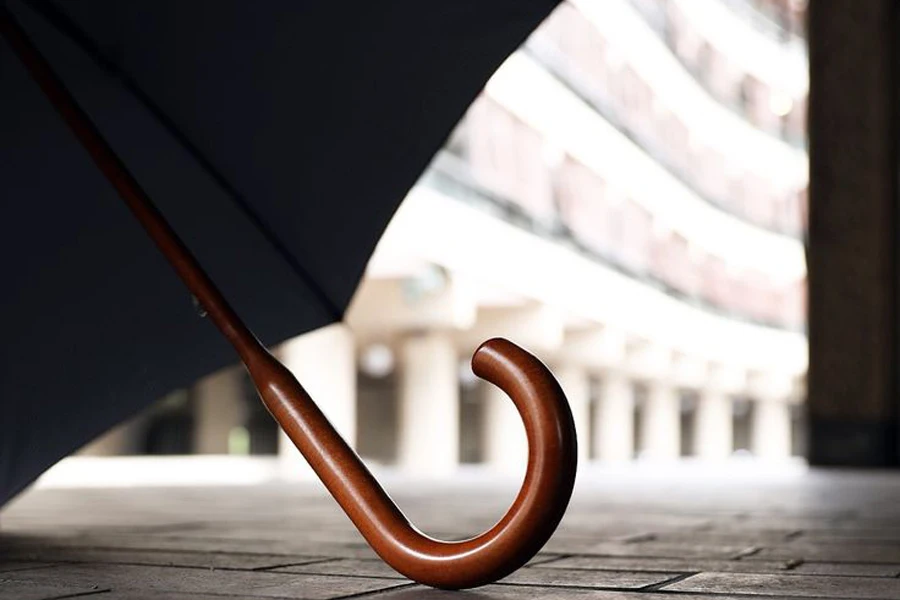
3. Things to consider when selecting products
When selecting an umbrella, understanding the right size and canopy diameter is crucial for meeting different needs.

The function is the first consideration. For individual use, a standard canopy diameter ranging from 100 to 105 cm is usually sufficient. However, for those seeking more coverage, perhaps to accommodate an additional person or provide extra protection against heavy downpours, mid-size umbrellas with a diameter of 110 to 120 cm are ideal. Large umbrellas, spanning 130 to 140 cm in diameter, offer ample space for two people, making them a preferred choice for couples or for commercial settings like cafes or outdoor events.
The opening system of an umbrella also significantly influences its usability and convenience. Manual umbrellas, often lighter and more affordable, require physical opening and closing, which can be cumbersome in sudden weather changes. Semi-automatic umbrellas offer ease with an automatic open feature, though they still require manual closure. For the utmost convenience, especially in fast-paced or urban environments, fully automatic umbrellas provide both automatic opening and closing at the touch of a button. However, this added functionality often comes with increased weight and complexity in the mechanism.
Handle types are another important aspect to consider. Wooden handles add a classic and traditional touch, often found on full-length umbrellas, but can be less durable in harsh weather conditions. Plastic or rubber handles are versatile in design and comfortable to grip, suitable for a wide range of users. Aluminum handles, while offering a modern aesthetic, can feel cold to the touch in lower temperatures. Ergonomic design in handles is vital for comfort, especially during extended use or in windy conditions.

Safety features in umbrellas have become increasingly relevant. Reflective elements on umbrellas enhance visibility during night-time or in poor weather conditions, adding an element of safety for users in urban or traffic-heavy areas. Built-in lamps in handles also serve a dual purpose of illumination and convenience, useful in low-light situations.
Sustainability in umbrella manufacturing has gained prominence, with a growing number of consumers seeking eco-friendly options. This includes umbrellas made from recycled materials or produced using environmentally responsible methods. Local production also reduces the carbon footprint associated with transportation, making it a favorable choice for eco-conscious consumers and businesses aiming to reduce their environmental impact.
Here are some umbrella brand recommendations for different needs in 2024:
For wind and rain resistance:
Repel Windproof Travel Umbrella: Ideal for those facing windy and rainy conditions, this umbrella’s nine-rib construction offers durability and resistance against gale-force winds. It’s compact, easy to find, and available in several colors, making it a versatile option for varied weather scenarios.
Budget-friendly option:
AmazonBasics Automatic Travel Umbrella with Wind Vent: A great choice for those seeking affordability without compromising quality. This umbrella features a vented design for wind resistance and is praised for its sturdy build. Available in a range of colors, it’s a solid choice for everyday use.
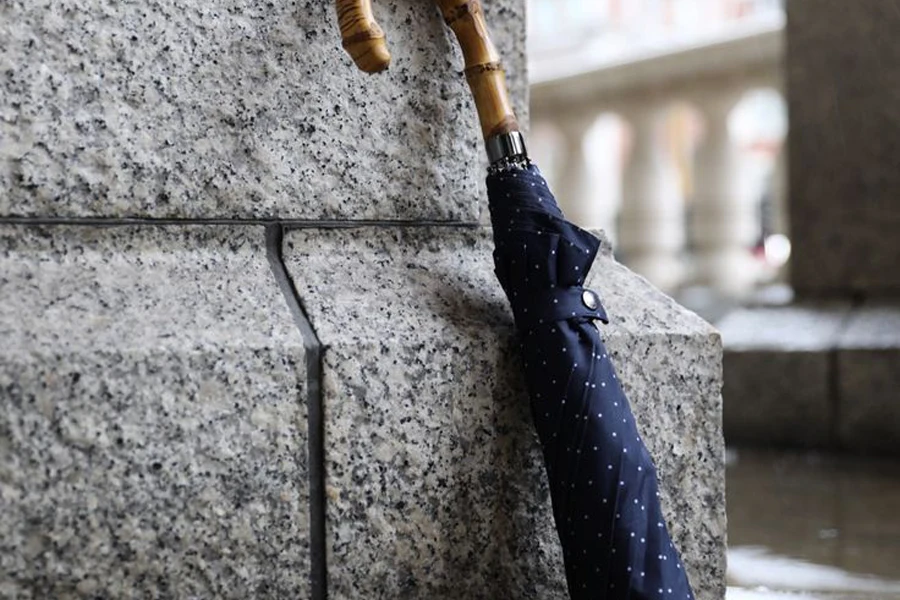
Premium and style:
Davek Elite: For those willing to invest in a high-end, stylish umbrella, the Davek Elite stands out with its luxurious design. It offers a stitched leather handle, a high-quality fiberglass frame, and a large 44-inch microfiber canopy. Available in multiple colors, it combines elegance with performance.
Classic stick umbrella:
Totes Auto Open Wooden Stick Umbrella: This umbrella provides classic style and impressive durability at a reasonable weight and price. It’s suitable for those who prefer traditional stick umbrellas with wider canopies for more coverage.
Lightweight and portable:
Lewis N. Clark Umbrella: An excellent option for kids or those who prefer a lightweight and portable umbrella. It’s not as tough as some other picks but offers a wide range of colors and decent wind resistance.
Luxurious feel and build:
Balios Folding Double Canopy Umbrella: This umbrella combines a premium feel with solid build quality. It’s less expensive than the top pick but offers a luxurious experience with a wooden handle and reliable wind resistance.
Conclusion
The selection of the right umbrella in 2024 is a decision that goes beyond mere functionality. It’s an intricate balance of size, material, design, and technology, tailored to individual preferences and needs. From the compact convenience of pocket umbrellas to the robust protection offered by full-length models, each type has its unique advantages. The choice of frame and canopy materials, ranging from steel to fiberglass and polyester to pongee, reflects a blend of durability, style, and performance. The innovation in opening systems and handle designs enhance user experience, while safety features like reflective elements and built-in lamps offer added convenience and security.
